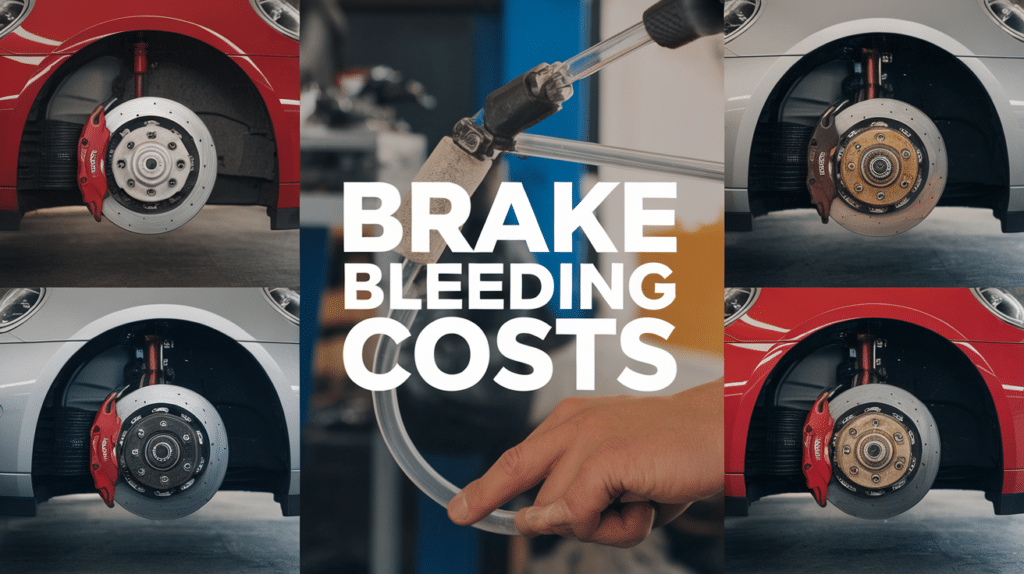Bleeding your brakes is an important part of car maintenance that keeps your braking system working properly. When air or moisture gets trapped in the brake lines, it can make your brakes feel soft or less responsive.
Bleeding your brakes removes this air and keeps your brake fluid is in good condition. While you can do it yourself, many people choose to have a professional handle it. The cost to bleed brakes can vary depending on your car, where you go for the service, and whether you do it yourself or pay for professional help.
In this guide, let’s take a look at how much it typically costs to bleed brakes and what factors can affect the price. Whether you’re thinking about doing it yourself or taking your car to a shop, you’ll know what to expect.
Signs You Need To Do Bleed Your Brakes

Brake bleeding removes air bubbles and old brake fluid from your car’s braking system. Over time, air can get trapped in the brake lines, which makes the brake pedal feel soft or spongy when you press it.
This can make your brakes less responsive, which is dangerous. Bleeding the brakes helps get rid of the air. You should bleed your brakes if you notice any of these signs:
- Your brake pedal feels soft or spongy.
- The brakes don’t seem to work as well as they should.
- You’ve recently changed brake fluid or had work done on your brakes.
- The brake fluid looks dirty or dark.
The Importance of Bleeding Your Brakes
Bleeding your brakes is an important part of car maintenance that ensures your braking system works properly and safely. Here are a few key reasons why you should make sure to bleed your brakes:
1. Keeps Your Brakes Working Properly
Over time, air can get trapped in your brake lines, which causes the brake pedal to feel soft or spongy when you press it. This means your brakes won’t work as efficiently. Bleeding your brakes helps remove air and keeps the brake fluid flowing smoothly, allowing your brakes to work as they should.
2. Improves Safety
Your brakes are a vital part of your car’s safety system. If they aren’t working well, you might not be able to stop as quickly or effectively, which could lead to accidents. Regularly bleeding your brakes makes sure they perform at their best and helps prevent brake failure in an emergency.
3. Prevents Brake Damage
Over time, brake fluid can become dirty or contaminated, which can cause damage to the brake system and other components. Bleeding your brakes removes old fluid and helps maintain the health of the brake system, saving you from costly repairs in the future.
4. Maintains Brake Efficiency
Fresh brake fluid improves the braking efficiency, giving you a more responsive pedal feel and better stopping power. Regular brake bleeding makes sure that your car’s braking system always runs at peak performance, especially when you need it most.
By regularly bleeding your brakes, you’re keeping your car running smoothly and ensuring that it’s safe to drive. It’s a simple task that can prevent serious issues.
How Much Does Brake Bleeding Cost?
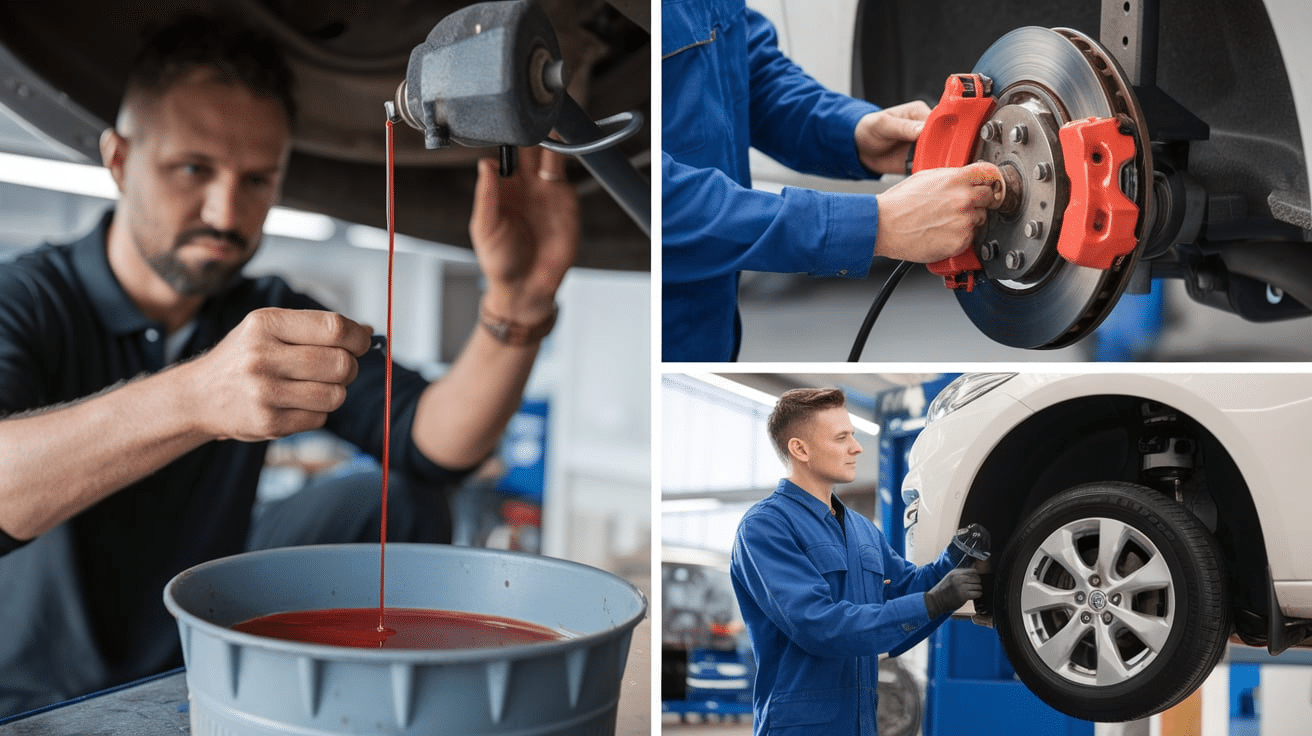
The cost of brake bleeding can vary depending on where you go, the type of vehicle you have, and whether you do it yourself or hire a professional. Here’s what to expect:
1. DIY Brake Bleeding
- If you decide to do it yourself, you can save money on labor costs. You’ll just need to buy brake fluid and a few tools, like a brake bleeder kit.
- Brake fluid costs usually range from $10 to $30, and a brake bleeder kit might cost around $20 to $50, depending on the quality and type. So, doing it yourself could cost around $30 to $80 if you don’t already have the tools.
2. Professional Brake Bleeding
- If you take your car to a mechanic or auto shop, the cost will be higher because you’re also paying for labor. Professional brake bleeding can cost anywhere from $60 to $150 on average.
- Luxury or performance vehicles may cost more due to the complexity of their brake systems. Some shops might charge extra for fluid replacement, which could add to the cost.
3. Additional Costs
- If the brake fluid is old or contaminated, or if there are issues with your brake system, the mechanic might recommend additional services, like replacing the fluid or fixing leaks. These extra services can raise the overall cost.
- They may also inspect other components, such as brake lines or calipers, to get the system to function safely. These extra services can raise the overall cost.
In short, brake bleeding costs can range from about $30 for a DIY job to $150 or more for a professional service. The price depends on your car and whether you choose to do it yourself or hire someone to do it for you.
DIY Brake Bleeding: Step-by-Step Guide
Bleeding your brakes at home can save you money and give you the satisfaction of maintaining your car. Here’s what you need to know, including the average cost of DIY brake bleeding:
Step 1: Gather Your Supplies
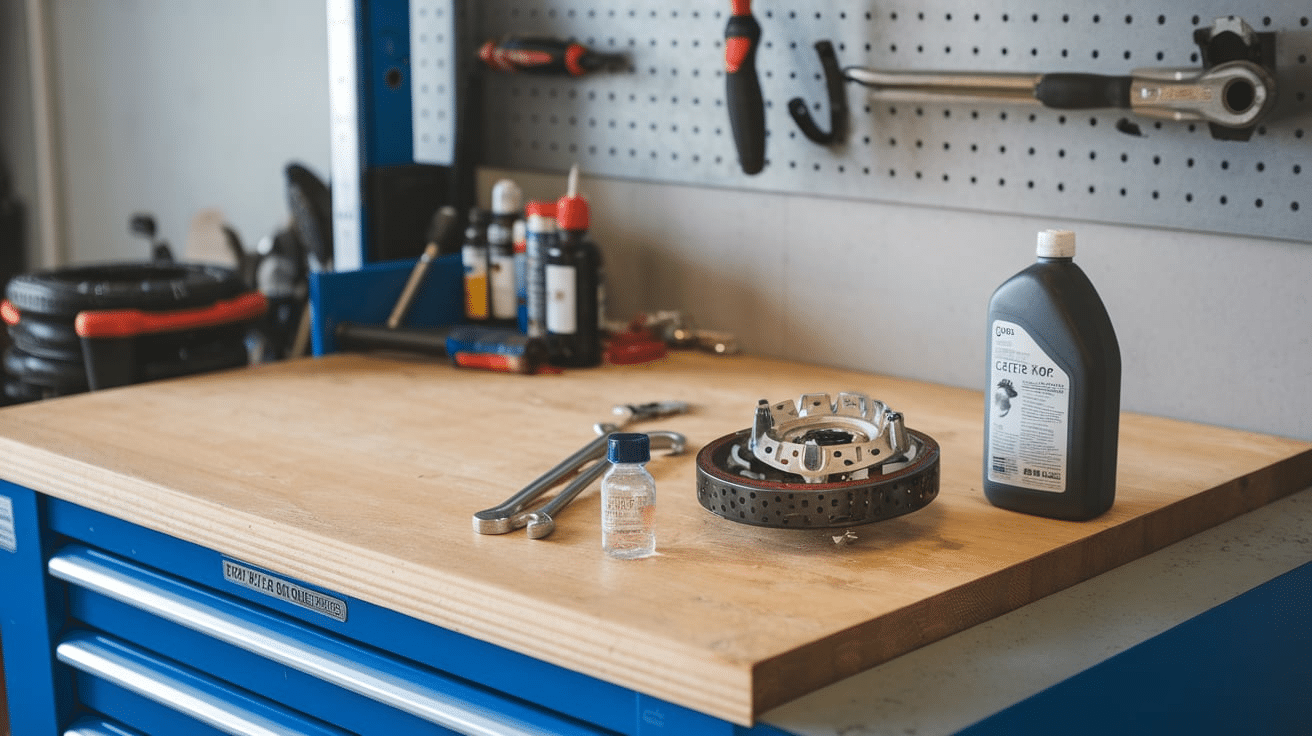
- You’ll need brake fluid, a wrench, a bleeder kit or clear tubing, and a catch bottle. If you don’t have a kit, you can buy one for around $20 to $50.
- Brake fluid typically costs between $10 and $30, depending on the type and quantity. Altogether, you can expect to spend about $30 to $80 on supplies if you don’t already own the tools.
Step 2: Prepare Your Car
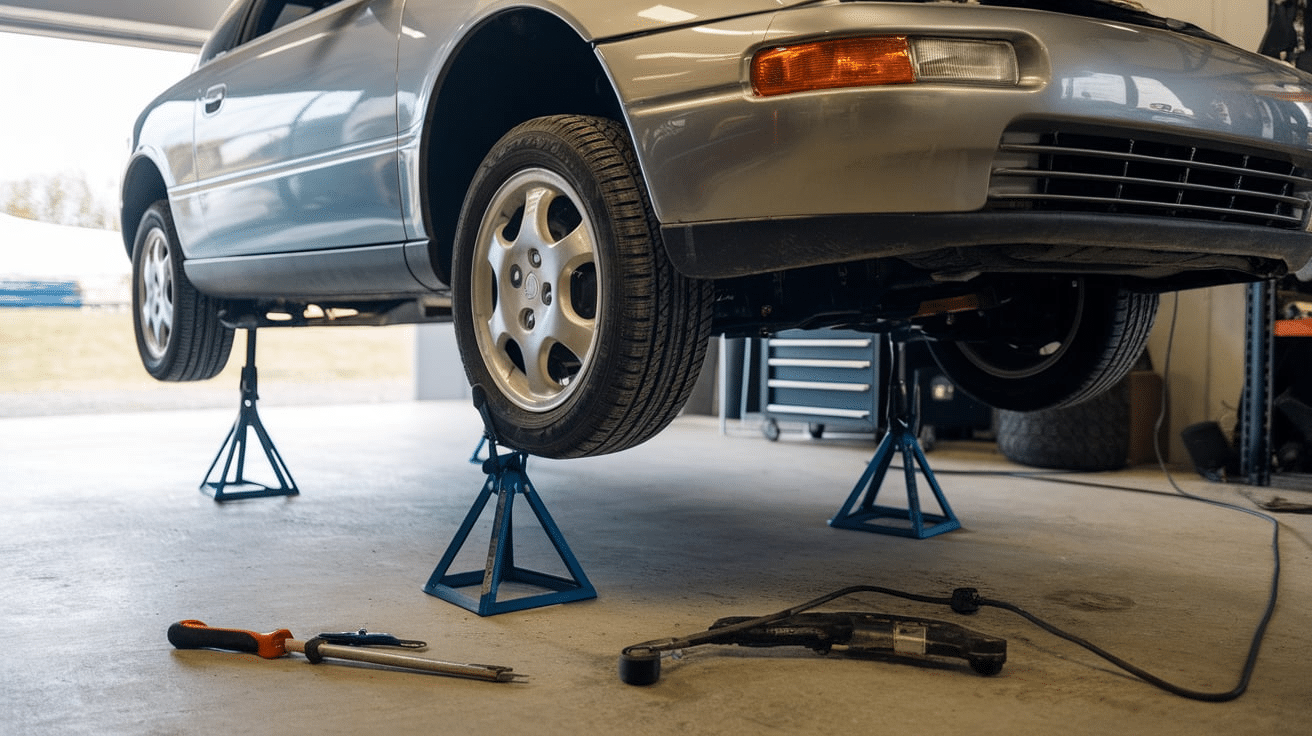
- Park your car on a level surface, engage the parking brake, and securely lift it with a jack and jack stands. Make sure the car is stable and won’t move while you’re working.
- Carefully remove the wheels to access the brake calipers, and keep the lug nuts safe so you don’t lose them.
Step 3: Start Bleeding
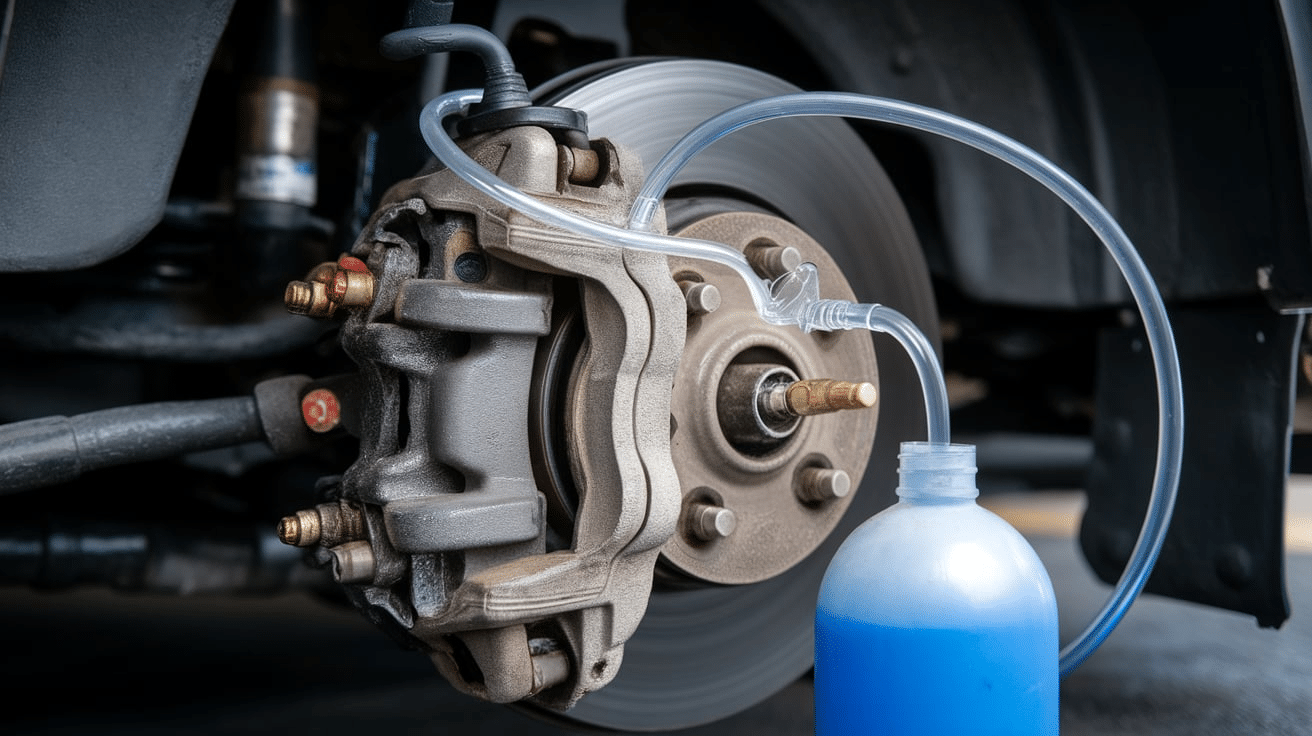
- Attach the tubing to the bleeder valve on the caliper and place the other end into a catch bottle. Loosen the bleeder valve slightly. Have a friend slowly press the brake pedal, pushing air and old fluid out.
- Close the valve before they release the pedal. Repeat until clean, bubble-free fluid comes out.
Step 4: Check and Refill the Fluid
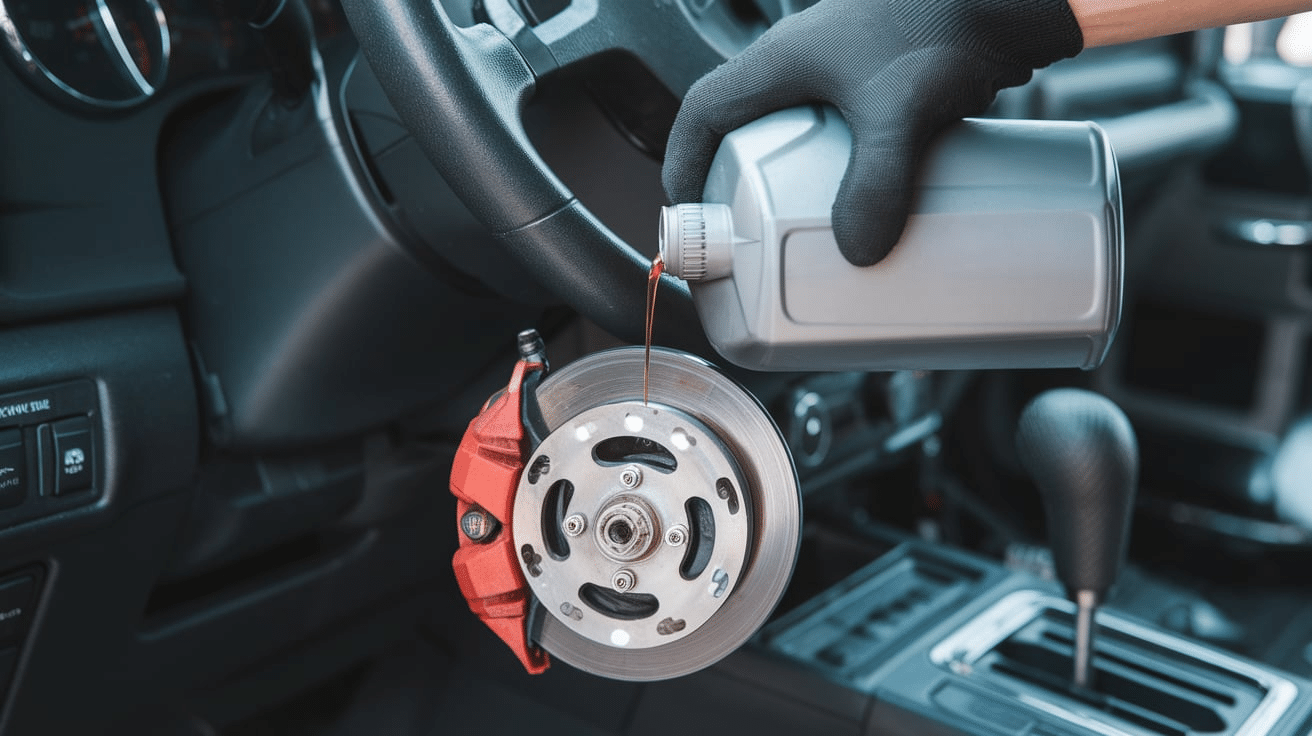
- Throughout the process, keep an eye on the master cylinder reservoir and top off the brake fluid to prevent air from reentering the system.
- If the reservoir level gets too low, air can enter the lines and undo your progress. Regularly checking and refilling the reservoir keeps the fluid clean, and the system remains air-free.
Step 5: Complete the Job
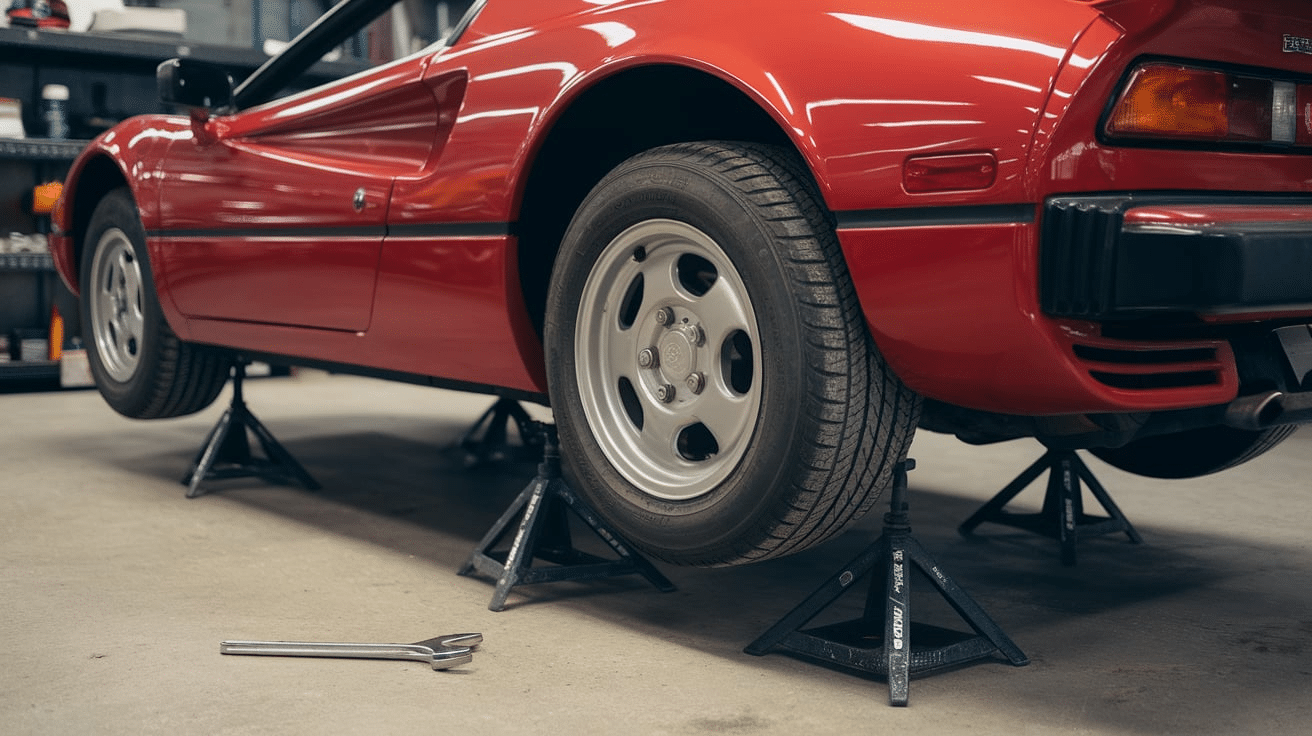
- Repeat the process for each wheel in the recommended order (usually rear passenger, rear driver, front passenger, front driver).
- Once done, tighten all valves, reinstall the wheels, lower the car, and test the brakes. If they feel firm and responsive, you’ve successfully bled them.
Average DIY Cost Breakdown
- Brake Fluid: $10–$30
- Bleeder Kit: $20–$50
- Other Supplies (if needed): $10–$20
In total, DIY brake bleeding usually costs between $30 and $80 if you need to buy the tools, but it can be even cheaper if you already have the equipment.
Professional Brake Bleeding Services
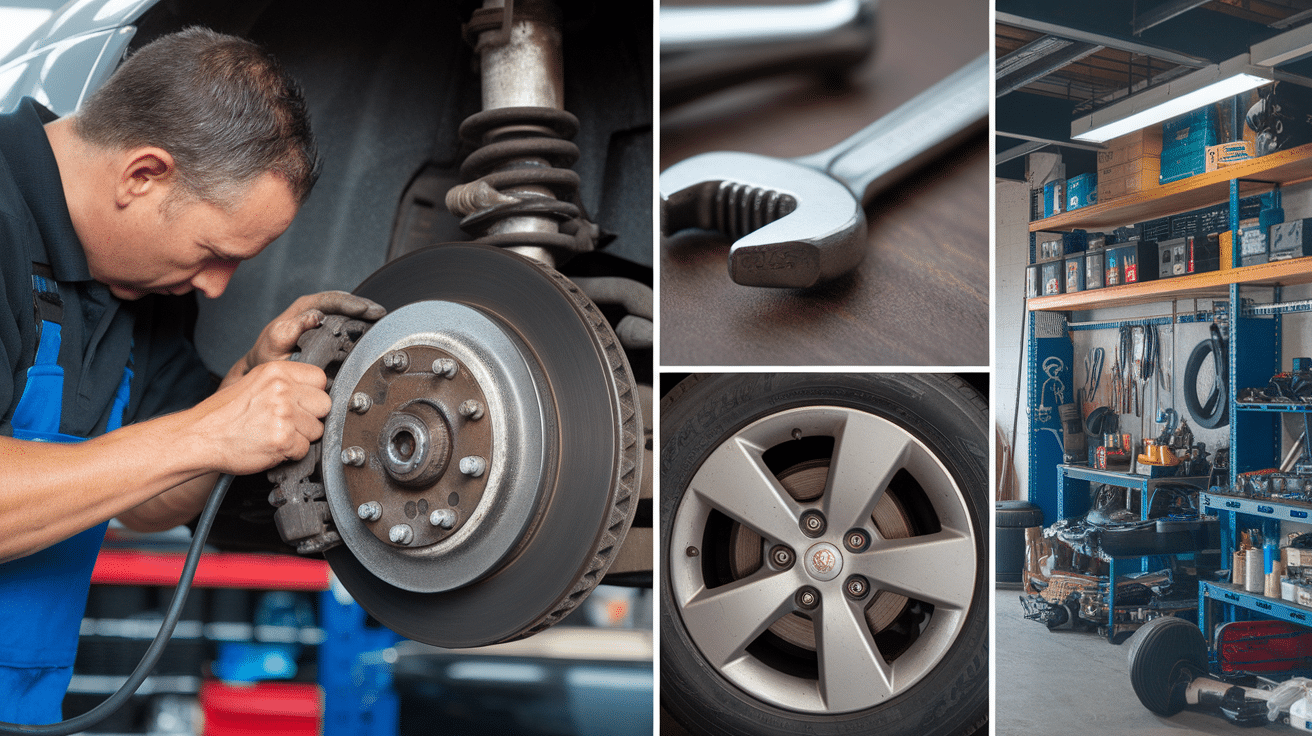
If you’re not comfortable bleeding your brakes yourself, you can always rely on a professional. Most auto repair shops and dealerships offer brake bleeding as part of their maintenance services. Letting a professional handle it can save you time.
What to Expect from Professional Brake Bleeding
When you take your car to a shop, they usually start by inspecting your brake system. The mechanic will check the condition of the brake fluid, look for any leaks, and make sure all components are working properly. After that, they’ll remove the old fluid and air from the system, replace it with clean brake fluid, and ensure that everything is properly sealed and secure.
How Much Does It Cost?
The average cost of professional brake bleeding can range from $60 to $150, depending on your vehicle and where you take it. Dealerships often charge higher, while independent shops might be more affordable. If you drive a luxury or performance vehicle, expect to pay more.
Why Choose a Professional Service?
Although DIY brake bleeding can save you money, a professional service provides peace of mind. Trained mechanics know how to handle complex brake systems and can identify potential problems before they become serious. Investing in professional brake bleeding will make your brakes stay safe and reliable.
Factors Influencing the Cost of Bleeding Brakes
When it comes to the cost of brake bleeding, a few factors can affect the final price. Knowing these can help you understand what you’re paying for and why costs might vary:
1. Type of Vehicle: The make and model of your car plays a big role in the cost. Standard passenger cars are generally less expensive to service, while luxury, performance, or specialized vehicles may require more time and expertise.
2. Labor Rates: Labor costs vary depending on the shop and location. Dealerships often charge higher rates, while independent mechanics may be more affordable. The shop’s reputation and expertise can also impact the labor fee.
3. Brake Fluid Type and Amount: Different cars use different brake fluids. High-performance or synthetic fluids can cost more than standard ones. The amount of fluid needed also affects the price.
4. Additional Repairs: If the mechanic finds other issues while bleeding the brakes—like worn-out parts or leaks—this can increase the total cost. Sometimes, fixing these problems is necessary for the brake system to work properly.
5. DIY vs. Professional Service: Doing it yourself can be cheaper, but you’ll need to buy the right tools and fluid. Going to a professional shop costs more, but you’re paying for their experience and guaranteeing that the job is done right.
By keeping these factors in mind, you’ll better understand why brake bleeding costs can vary.
Maintenance Tips for Brake Bleeding
Keeping your brake system in good shape isn’t hard if you maintain regular maintenance. Here are a few simple tips to help keep your brakes safe and responsive:
1. Check the Brake Fluid Regularly: It’s a good idea to look at your brake fluid level every few months. If it’s low or looks dirty, top it off or consider having it replaced. Clean fluid helps the entire system work better.
2. Replace Brake Fluid: Most car manufacturers recommend replacing brake fluid every two to three years. Over time, fluid can absorb moisture, leading to rust or reduced braking performance.
3. Keep an Eye on Brake Performance: Pay attention to how your brakes feel. If the pedal starts to feel soft or spongy, it could mean there’s air in the lines. Don’t ignore these signs—addressing them early can prevent bigger issues.
4. Inspect the Entire Brake System: When you’re checking the fluid, take a moment to inspect the rest of the system. Look at the brake lines, calipers, and pads for signs of wear or leaks. If you notice anything unusual, it’s best to have it checked out by a professional.
You can keep your brakes in top condition by following these simple maintenance tips. Regular care goes a long way in keeping your car safe and reliable.
Conclusion
Bleeding your brakes may seem small, but it’s important to keeping your car safe. By removing air and old fluid, you’ll make sure your brakes stay responsive and reliable.
Whether you choose to do it yourself or have a professional handle it, regular brake bleeding can prevent costly repairs down the road and improve your overall driving experience. Taking the time to maintain your braking system helps protect you, your passengers, and others on the road.
When you notice signs like a soft pedal or decreased braking performance, don’t wait—addressing these issues sooner rather than later is always the safest choice. With a little effort and care, you’ll keep your brakes in top condition, ensuring a safer and more enjoyable ride.
Frequently Asked Questions
How often should I bleed my brakes?
Typically, brakes should be bled every 2-3 years or whenever you notice a soft pedal, poor braking performance, or after replacing brake components.
What’s the difference between a soft pedal and a firm pedal?
A soft pedal feels spongy, usually caused by air in the brake lines. A firm pedal means the brake fluid flows smoothly and the system works correctly.
How long does it take to bleed brakes?
Bleeding brakes generally take about 30 minutes to an hour, depending on your experience and the condition of your brake system.
What type of brake fluid should I use?
Always use the brake fluid specified in your owner’s manual. Common types include DOT 3, DOT 4, and DOT 5.1. Using the wrong type can damage your braking system.
What is a brake bleeder kit?
A brake bleeder kit includes tools like tubing, a catch bottle, and sometimes a pump to help remove air and old fluid from the brake lines.


